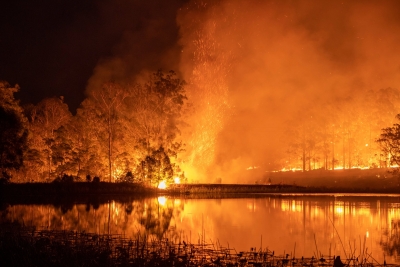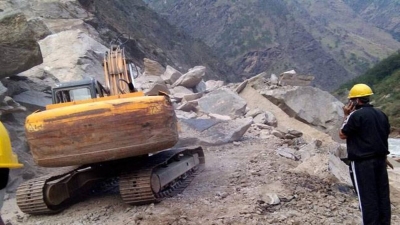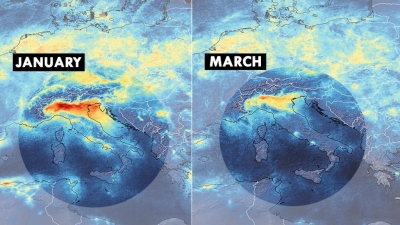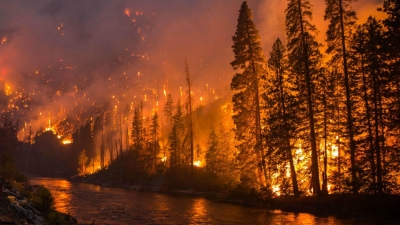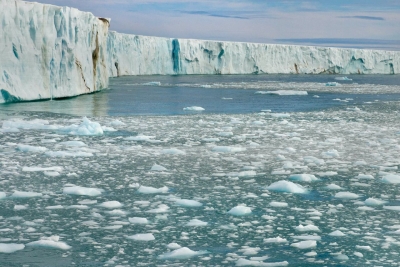
This February, Antarctica witnessed its hottest temperature on record, resulting in widespread melting of nearby glaciers. During the period, images showed drastic changes in just nine days. Then came the news that Antarctica’s colossal Thwaites Glacier is melting fast. If the glacier were to collapse, it could lead to an increase in sea levels by around 64 cm. In mere two days, the Milne ice shelf lost over 40% of its ice over in July. And then, that ice shelf – the last intact one in the Canadian Arctic – collapsed into the Arctic Ocean. The month following this, residents of Italy’s Aosta valley were told to evacuate, fearing that a huge portion of the Mont Blanc glacier could collapse. The same month also brought in the worst news so far. A study – of nearly 40 years of satellite data – published in the journal “nature Communication Earth and Environment” said that Greenland’s glaciers have passed a tipping point of sorts. It means that glaciers on the islands have shrunk so much that even if global warming were to stop today, the ice sheet would continue shrinking. The study said “the snowfall that replenishes the ice sheet each year cannot keep up with the ice that is flowing into the ocean from glaciers”. The melting of several glaciers globally has raised concerns on further sea-level increase. Throughout history, sea level have increased and decreased substantially. But the recent rise has crossed the average rate of the last few thousand years, and is increasing sharply and swiftly. If this tends to continue, it could lead to dramatic changes in coastlines the world over, caution experts.
Even as scientists and environmentalists the world over fret over melting glaciers, a new study in August appears to offer some solace. The study by Northumbria University, published in “Nature Geoscience”, revealed that the blanket of rock debris offers glaciers more protection from climate change than previously known. The expanse of rock debris on glaciers, a factor ignored in models of glacier melts and sea-level rise, could be significant, the study added.
Picture Credit : Google


